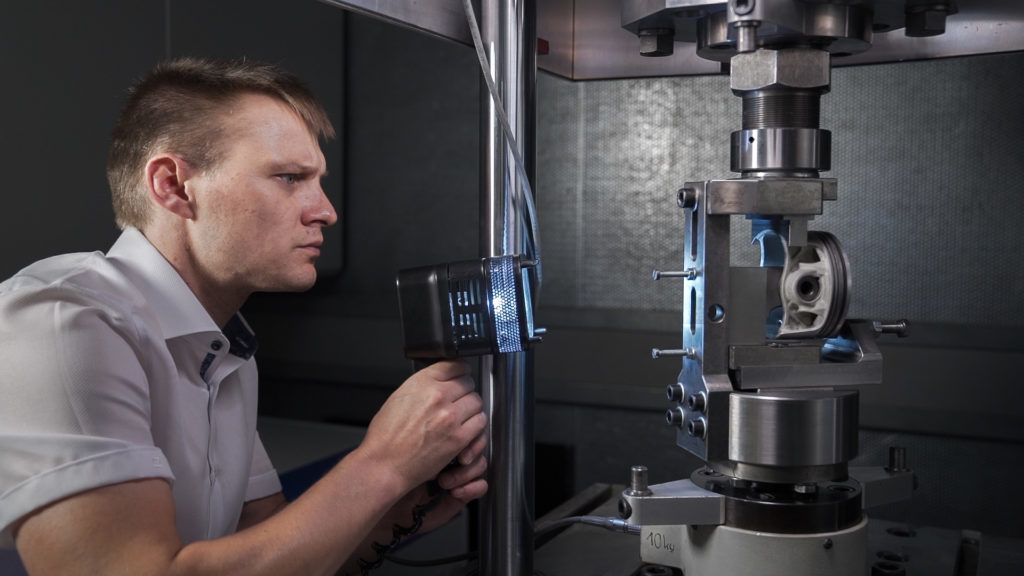Additive manufacturing (AM) sees relatively widespread use in motorsport applications; from wind tunnel parts to hydraulic components, teams in the upper reaches of the sport now rely heavily on the flexibility of design it offers. It is no longer the preserve of factory teams either, and through historic racing to sportscars, the engineering possibilities it opens up are appealing to constructors.
While heavily loaded parts such as suspension uprights produced using AM have been used in competition, the reciprocating parts of engines have remained a no-go area. However, the use of additive manufacturing for highly stressed engine components has been an area of considerable research in recent years.
The manufacturing process facilities design features that would be impossible to achieve using traditional manufacturing techniques, ensuring the material properties of a finished part are sufficiently robust, has proved a stumbling block – not least in ensuring consistency from batch to batch, which is highly dependent on a wide range of parameters during the manufacturing process.
Many non-functional pistons have been displayed at trade shows over the years, and both Mercedes’ and Ferrari’s Formula One teams have suggested they are using the technology in race engines. Now they are finally a public reality, with Mahle announcing the production of functional, additive manufactured aluminum pistons, which have been bench tested in a turbocharged, Porsche 911 GT2 RS engine.
Working in conjunction with both Porsche and additive manufacturing specialist Trumpf, Mahle produced the prototypes using a laser metal fusion process. This technique allowed for complex features – the result of extensive topological optimization on Mahle’s part – to be incorporated into the design. This, says Mahle, gives the potential for a 20% weight reduction compared with a traditional forged and machined component. It also means that features such as a geometrically complex cooling gallery could be incorporated into the piston near the rings, reducing the thermal load near the top land.
The alloy used for the pistons was based on a casting material developed by Mahle, which was then processed into a fine powder suitable for laser melting. Each piston required 1,200 layers of material to be melted, which took around 12 hours to produce (though multiple parts can be made on a machine’s powder bed in a single run).
 Key to ensuring the successful running of the pistons was an extensive quality control process, which involved both FEA analysis of the piston design (with particular attention paid to the piston skirt and pin bore) as well as inspection of the final parts using CT scanning and microscopy. Here, proper characterization of the deposited material is vital to ensure that results from FEA correlate with the real-world performance. The final pistons were bench tested for a total of 200 hours, covering around 6000km of running, at an average representative vehicle speed of 250km/h (155mph).
Key to ensuring the successful running of the pistons was an extensive quality control process, which involved both FEA analysis of the piston design (with particular attention paid to the piston skirt and pin bore) as well as inspection of the final parts using CT scanning and microscopy. Here, proper characterization of the deposited material is vital to ensure that results from FEA correlate with the real-world performance. The final pistons were bench tested for a total of 200 hours, covering around 6000km of running, at an average representative vehicle speed of 250km/h (155mph).
Pistons were not the only area where the company has looked to harness additive manufacturing. Again, working with Porsche and Trumpf, it developed an inline charge air cooler, which sits between the 911’s original charge cooler and the turbo. The design freedom provided by the manufacturing process allowed for careful sculpting of the cooler passageways to maximize heat transfer. Again, AM heat exchangers are already used in Formula One, but their development by a mainstream player like Mahle could see their benefits trickle down into other series.
According to the company, following this proof of concept project, it will look to further harness additive manufacturing for short run and prototype work, as well as investigating its potential for use on other engine components.


